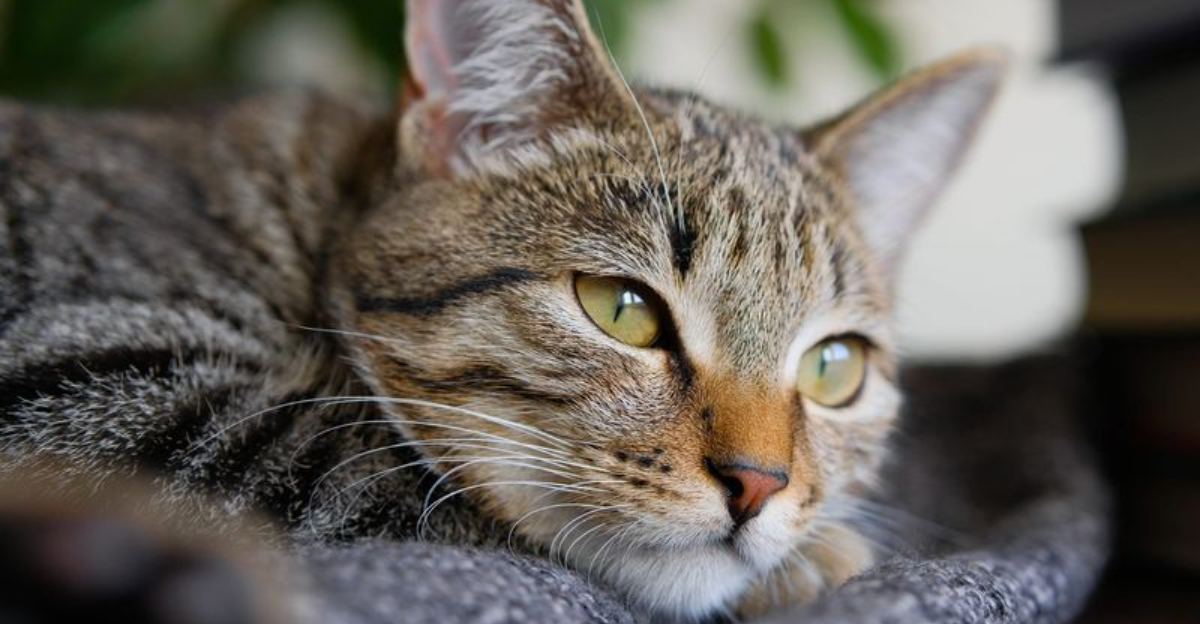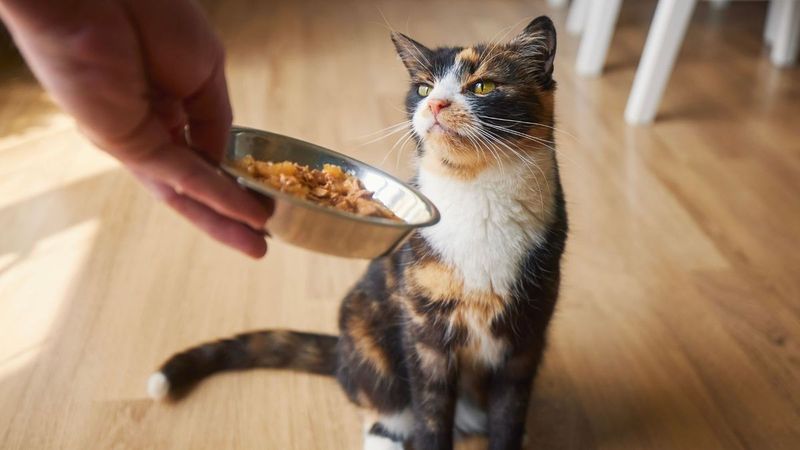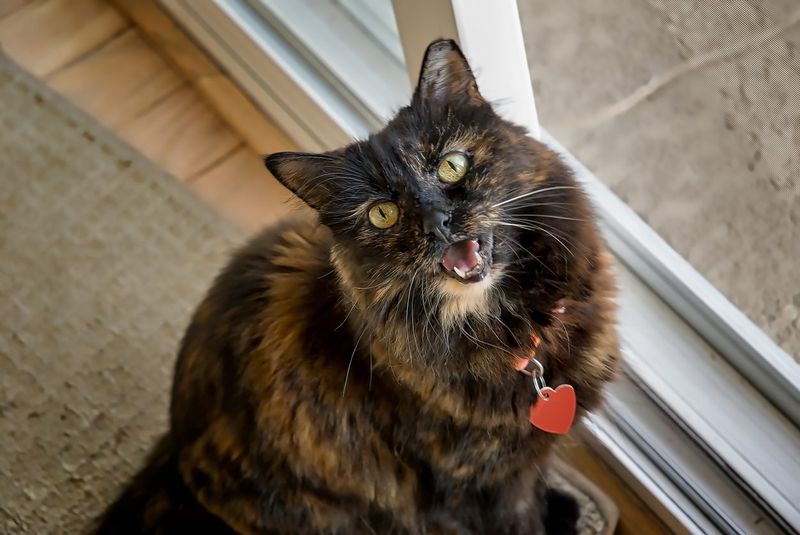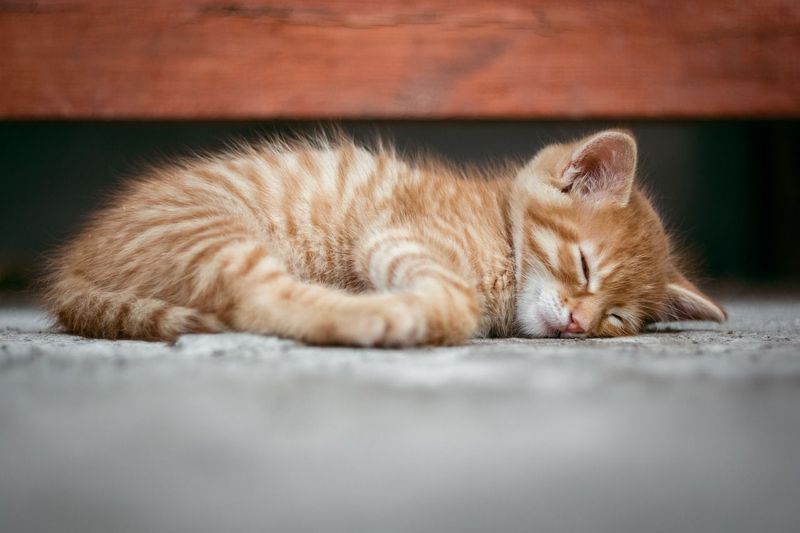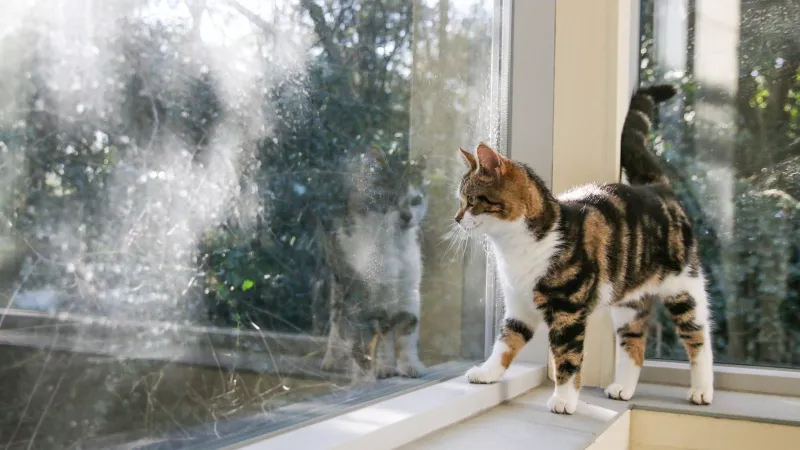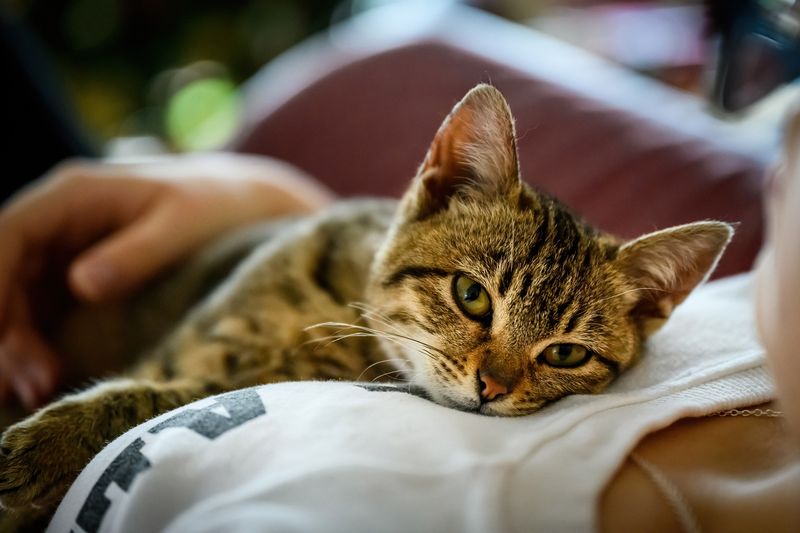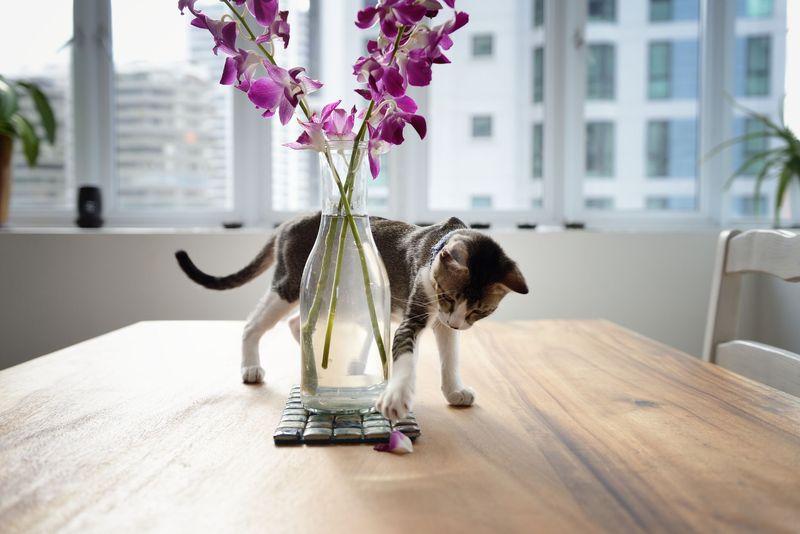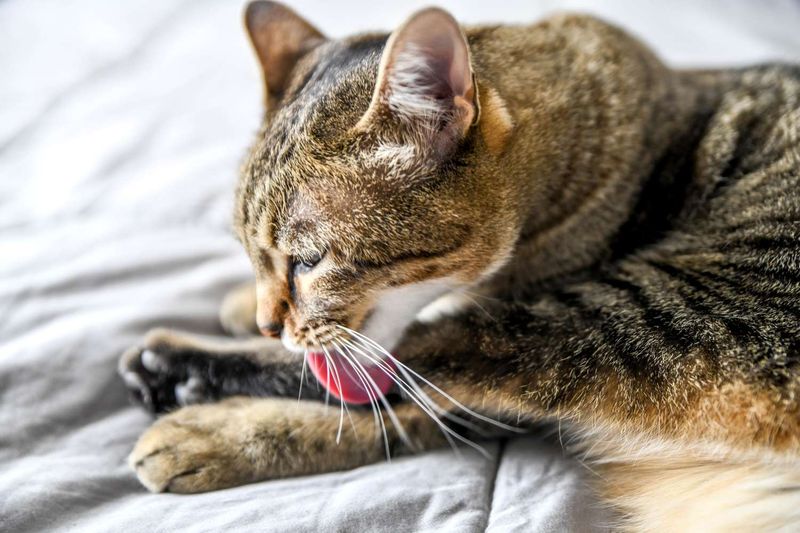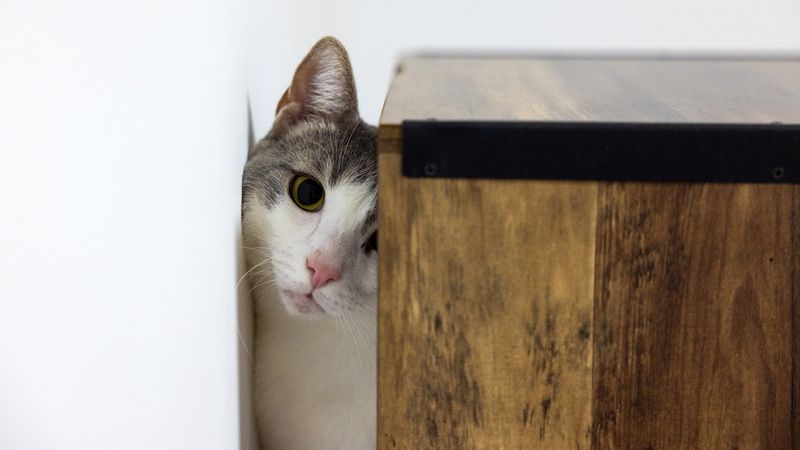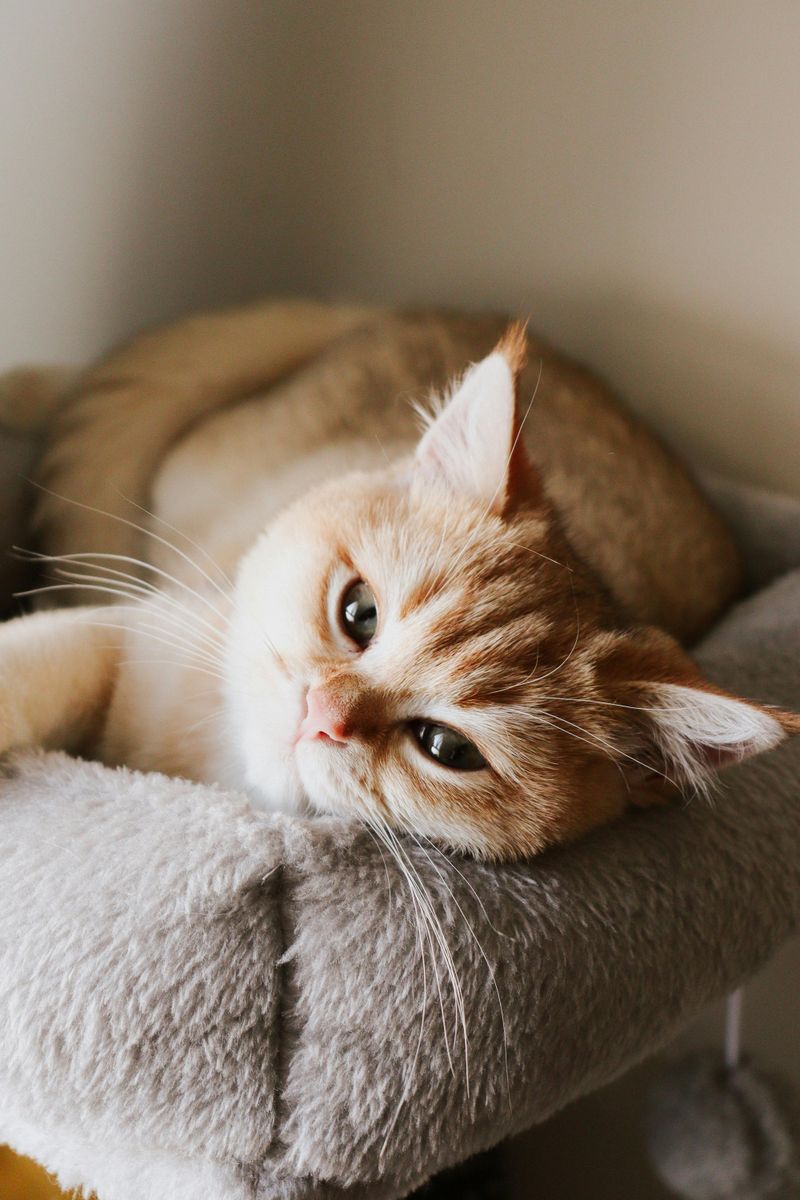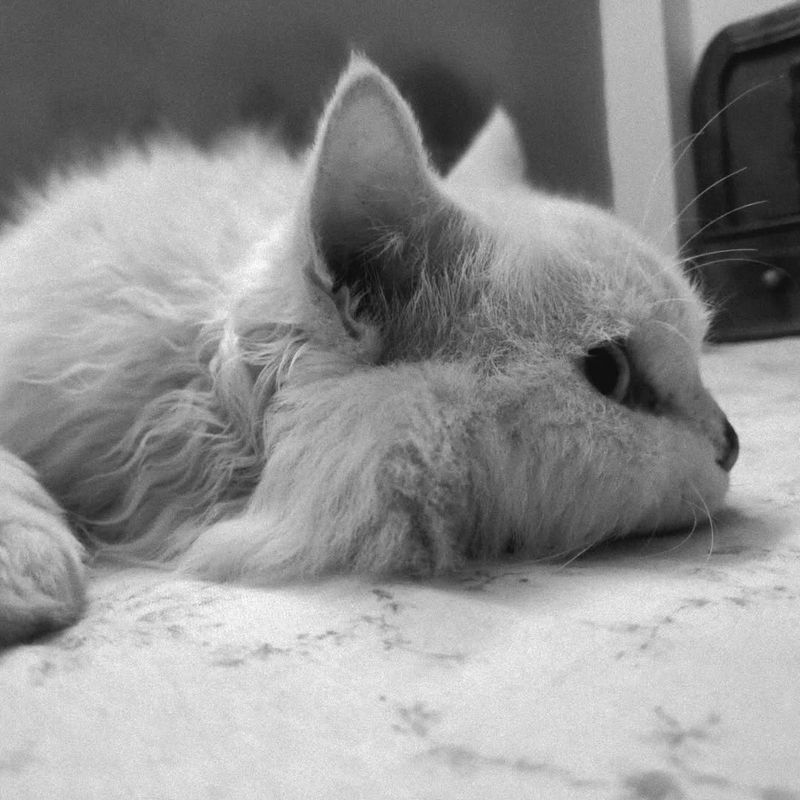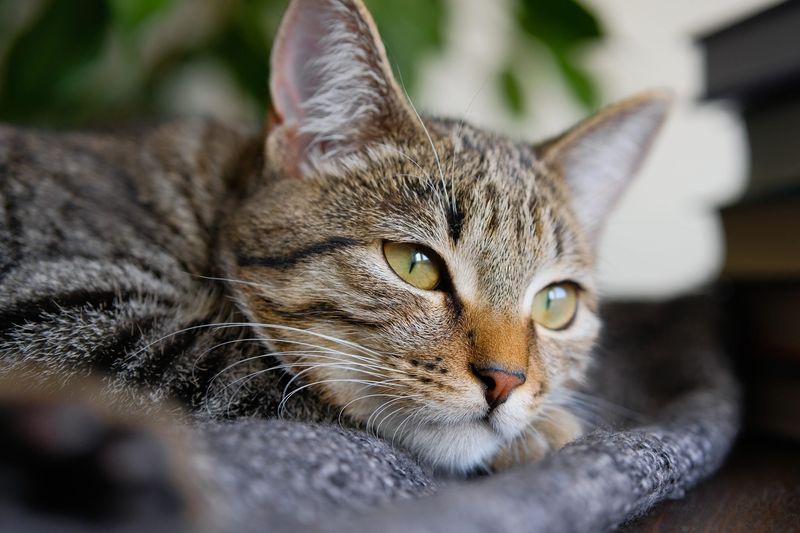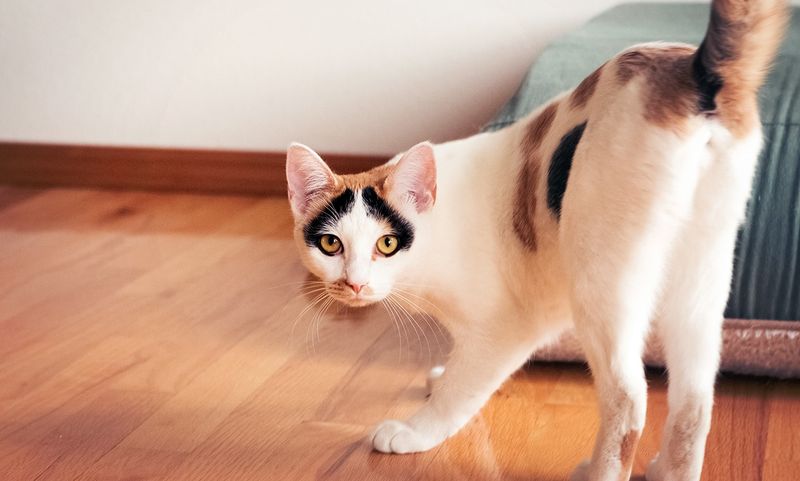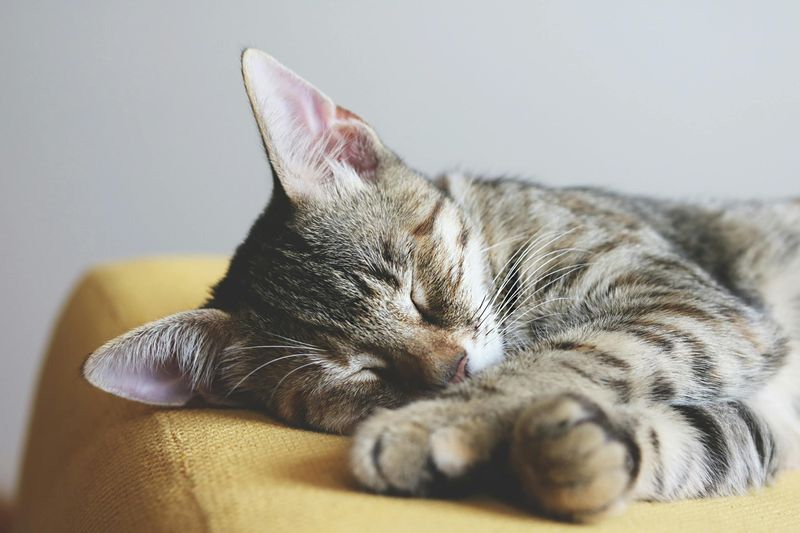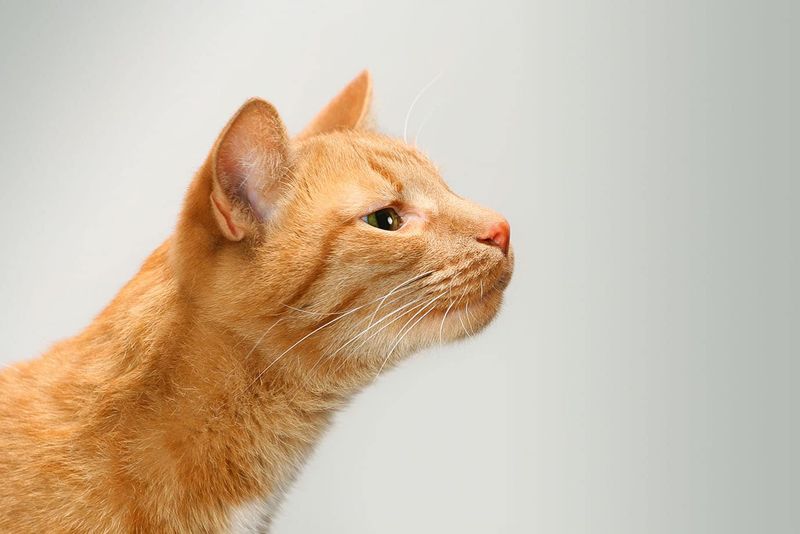📖 Table of Content:
- 1. Withdrawal from Social Interaction
- 2. Changes in Appetite
- 3. Increased Vocalization
- 4. Lethargy and Sleep Changes
- 5. Search Behavior
- 6. Clinginess and Seeking Attention
- 7. Destructive Behavior
- 8. Grooming Changes
- 9. Hiding
- 10. Increased Sensitivity to Noise
- 11. Avoidance of Favorite Spots
- 12. Decreased Interest in Play
- 13. Pacing
- 14. Increased Sleeping
- 15. Seeking Comfort from Scented Objects
Cats, like humans, can experience a variety of emotions when faced with the loss of a loved one. Their grieving process may not always be immediately obvious, but subtle changes in behavior can indicate their emotional distress. Recognizing these signs is important for offering the support and care they need during difficult times.
When a cat mourns, they may exhibit changes in routine or behavior, reflecting their inner turmoil. This process can look different from one cat to another, as each feline has its own way of coping with loss. Paying attention to these shifts can help a pet owner better understand and respond to their cat’s emotional state.
Although every cat’s grief journey is personal, certain common behaviors suggest mourning. Cats may withdraw, show signs of depression, or alter their usual activities as they process their grief. Understanding these reactions allows pet owners to be more attuned to their cat’s emotional needs during a time of loss.
1. Withdrawal from Social Interaction
Cats often become less social after losing a companion. They may retreat to quiet corners, avoiding interaction with humans and other pets. This withdrawal can be a sign of grieving, as they process the absence of their friend. In these times, providing a comforting presence without forcing engagement is key.
You may notice your cat spending more time alone, gazing out windows or hiding under furniture. Respecting their need for solitude while being available for affection and support can help them through this period of mourning.
2. Changes in Appetite
A grieving cat might show a decreased interest in food, reflecting their emotional turmoil. This change in appetite is common among mourning felines. They might sniff their food but walk away, or only eat small amounts.
Observing this behavior is crucial, as prolonged lack of eating can lead to health issues. Offering favorite foods or warm meals can encourage eating. However, if the behavior persists, consulting a veterinarian is advisable. Balancing patience and attentiveness ensures your cat’s well-being during such challenging times.
3. Increased Vocalization
Excessive meowing or yowling can indicate a cat’s distress over a loss. This increased vocalization often expresses their search for the missing companion, as if calling out to them. Cats may wander the house, vocalizing in different rooms, seeking comfort.
It’s important to respond with calm reassurance, speaking softly or offering gentle petting. This behavior is a cry for attention and connection, signaling their need for support. Providing extra affection and maintaining a familiar routine can help ease their mourning period.
4. Lethargy and Sleep Changes
Mourning can lead to noticeable changes in a cat’s energy levels and sleep patterns. A grieving cat may sleep more than usual, appearing lethargic and uninterested in activities they once enjoyed. They might choose different sleeping spots, seeking comfort in new areas.
Monitoring these changes is essential, ensuring they are not indicative of health issues. Encouraging gentle play and interaction can gradually lift their spirits. Keeping a consistent routine helps provide a sense of normalcy and security, aiding them in coping with their emotions.
5. Search Behavior
After a loss, cats often exhibit searching behaviors, looking for their absent companion. They might explore the house, checking favorite spots where the other pet used to rest or play. This behavior reflects their confusion and adjustment to the new reality.
While it’s natural, pet owners can gently redirect their focus with engaging toys or activities. Offering distractions and new experiences can gradually reduce their search efforts. Patience and understanding during this time are vital, as they come to terms with their changed environment.
6. Clinginess and Seeking Attention
Some cats become unusually clingy after experiencing a loss, seeking comfort and reassurance from their human companions. They might follow you around the house, insist on sitting in your lap, or demand extra petting.
This behavior is their way of coping with the void left by their missing friend, indicating a need for emotional support. Responding with patience and affection can help them feel secure. Offering more one-on-one time and engaging in interactive play can strengthen your bond, helping them heal from their grief.
7. Destructive Behavior
In some cases, mourning cats may exhibit destructive behavior, such as scratching furniture or knocking over objects. This could be a manifestation of their frustration and confusion. It’s a way for them to express their emotions when they can’t articulate them.
Providing alternative outlets, like scratching posts or engaging toys, can help redirect this behavior. Ensuring they have safe ways to release their pent-up energy and emotions is important. Encouragement and positive reinforcement when they use approved outlets can aid in managing these destructive tendencies.
8. Grooming Changes
Changes in grooming habits can be a sign of mourning in cats. Some might over-groom, while others may neglect their grooming routine altogether. Over-grooming can lead to bald patches and requires monitoring to prevent skin issues.
Conversely, a lack of grooming might result in a disheveled appearance. Both behaviors indicate emotional distress and coping mechanisms. Offering gentle grooming sessions can provide comfort and strengthen your bond. Regularly checking their skin and coat ensures early detection of any issues, allowing for timely intervention and care.
9. Hiding
Hiding is a common behavior in mourning cats. They may retreat to secluded areas, like under beds or inside closets, seeking solace in solitude. This behavior reflects their need for security and time to process their emotions. Ensuring they have access to safe, quiet spaces is crucial.
While it’s important to respect their need for privacy, offering gentle encouragement to join you or play can help them gradually re-engage with their surroundings. Patience and understanding during this time will support them as they navigate their grief.
10. Increased Sensitivity to Noise
When emotional distress sets in, cats can become more responsive to common sounds, reacting with fear or increased alertness. Sounds like the doorbell, loud voices, or a vacuum cleaner may provoke anxiety. This is a result of their heightened state of awareness as they process grief.
Creating a calm and quiet environment helps reduce stress. Speaking softly and providing reassurance when startled can ease their anxiety. Offering a safe space with comforting items, like blankets or toys, provides a refuge where they feel secure and at ease.
11. Avoidance of Favorite Spots
Areas connected to a lost companion may be avoided by a mourning cat. These places hold memories, making the absence feel even more painful. It’s common for a cat to stay away from spots like a favorite chair or bed once shared with their companion.
This behavior signifies their struggle with loss and change. Encouraging them to return to these spots with treats or toys can help them form new, positive associations. Gradual exposure and patience are key in helping them reclaim these areas as part of their adjusted environment.
12. Decreased Interest in Play
Loss may dampen a cat’s enthusiasm for play, a sign of their emotional state. Toys that once sparked joy might now be ignored or only briefly engaged with. This decrease in playfulness indicates their grieving process. Introducing new and interactive toys can reignite their interest.
Engaging them in gentle play sessions that cater to their current energy level provides both distraction and stimulation. Finding the right balance between encouragement and respect for their mood is essential, allowing them to gradually rediscover joy in playtime activities.
13. Pacing
Restlessness, such as pacing, can be a sign of mourning in cats. They may move back and forth through rooms as if searching for something or someone. This behavior reflects their internal turmoil and confusion, unable to settle as they adjust to the absence.
Providing mental stimulation, like puzzle feeders or interactive play, can help focus their energy constructively. Creating a consistent routine and offering reassurance through affection and attention can ease their restlessness. Patience is important, allowing them time to cope and find their new normal.
14. Increased Sleeping
Extra sleep can be a sign of mourning in cats, as they seek rest to escape emotional distress. This additional sleep provides comfort and helps them manage their feelings. However, it’s crucial to monitor their behavior to make sure they still engage in daily activities and don’t withdraw too much.
Encouraging gentle interaction and play can be beneficial. Observing their behavior and maintaining a balance of rest and activity supports their emotional recovery, helping them gradually return to their usual routines.
15. Seeking Comfort from Scented Objects
Scent plays a significant role in a cat’s connection to their companions. After a loss, they may seek out objects with the scent of their absent friend, such as a favorite blanket or toy. This behavior provides comfort, serving as a tangible reminder of their bond.
Maintaining access to these scented items can help ease their grief. Over time, they may show interest in creating new associations with different items. Providing a supportive environment ensures they feel loved and secure, aiding their emotional healing as they adjust to life without their companion.
